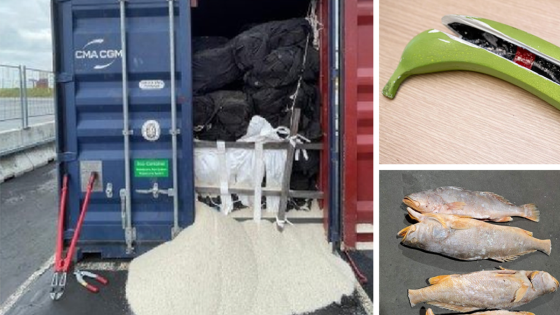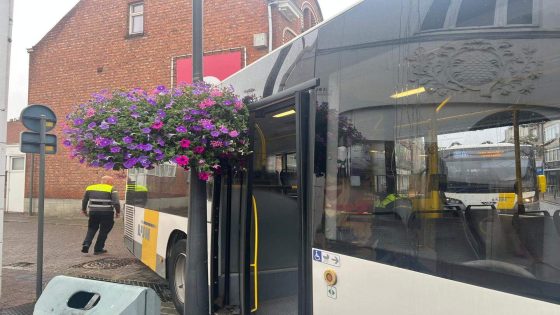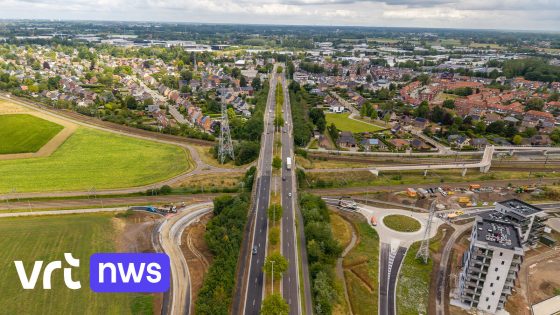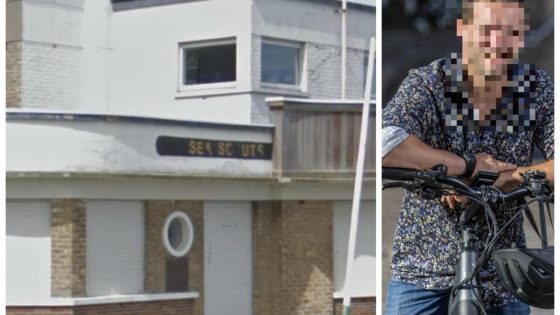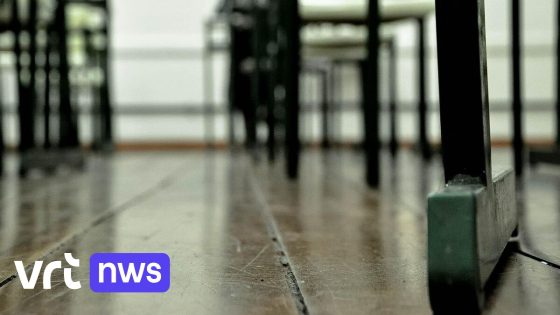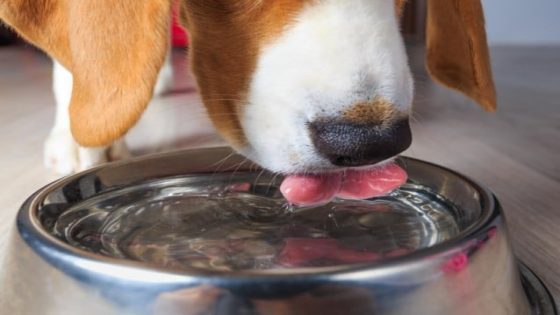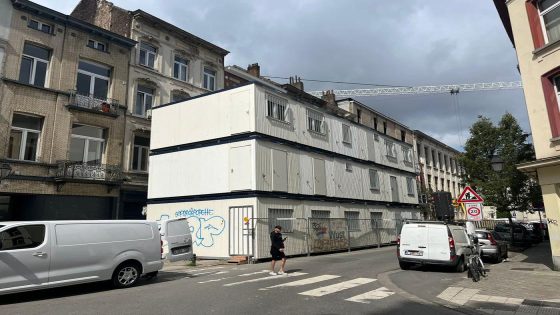The Antwerp port remains a critical frontline in the fight against drug trafficking, with recent cocaine seizures highlighting ongoing challenges. On 2025-07-08 14:44:00, customs officials intercepted 222 kilograms of cocaine hidden within a rice shipment from Argentina at quay 1333. This latest bust adds to a string of large drug finds in Belgium’s busiest port.
- Douane onderschept 222 kg cocaïne in container
- Drugs verstopt in rijst uit Argentinië
- Eerder 1.161 kg cocaïne gevonden in Guyana-lading
- Drugsvangsten in eerste helft 2025 gedaald
- Douane detecteert nieuwe smokkelmethodes zoals valse bananen
- Gemiddelde drugsvangstgewicht daalt, aantal vaststellingen stijgt
Earlier the same day, customs uncovered an even larger haul of 1,161 kilograms of cocaine concealed in black sports bags inside a container from Guyana. Both shipments were destined for European markets but were successfully seized and are set for destruction. These interceptions underscore the evolving tactics smugglers use to bypass security.
With nearly two tons of cocaine seized in just one week, how are Belgian authorities adapting to these sophisticated smuggling methods? The following Fast Answer provides insight into the local impact of these significant drug busts.
What does this mean for Belgium’s drug control efforts? Despite a drop in average haul size, the number of seizures is rising, indicating persistent smuggling attempts. Customs face increasingly inventive concealment strategies, such as:
- Hiding cocaine in false bananas and frozen fish
- Embedding drugs in soft drinks and pallet structures
- Securing shipments with complex packaging to evade detection
- Increasing smaller, more frequent shipments to reduce risk
As smugglers refine their methods, Belgian authorities must enhance detection technologies and international cooperation. Will future seizures continue to rise, or can new strategies turn the tide? Vigilance and adaptation remain key to safeguarding Belgium’s ports and communities.



